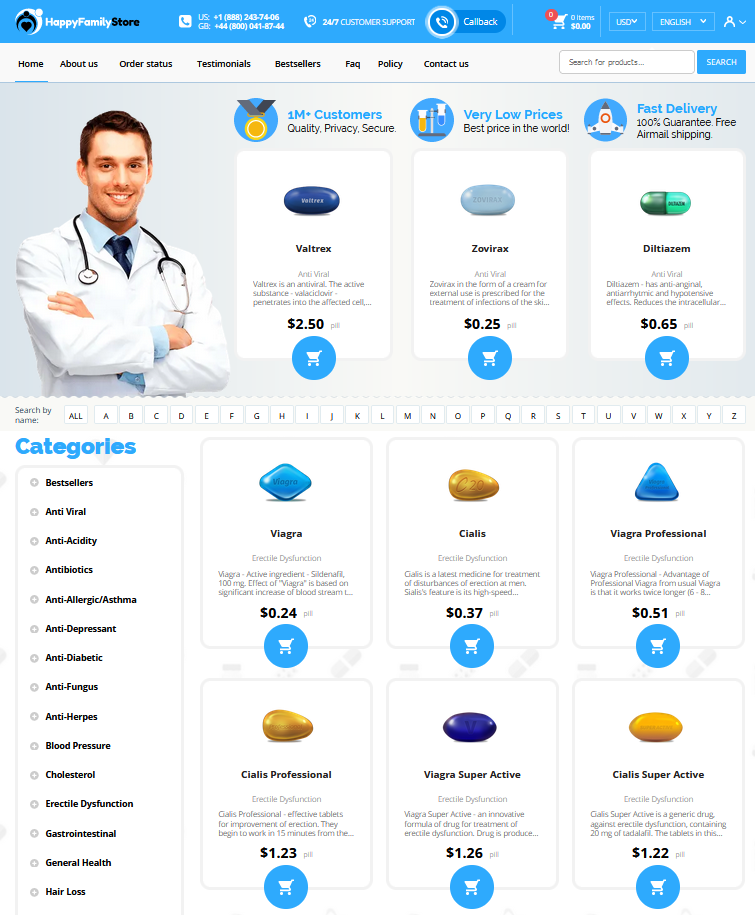
Understanding Zithromax: What Parents Need to Know
Navigating the world of pediatric medicine can often be daunting for parents, especially when it comes to understanding medications like Zithromax, also known as azithromycin. This antibiotic is frequently prescribed to treat various bacterial infections in children, from ear infections to pneumonia. But what makes Zithromax unique? Its formulation allows it to concentrate in certain tissues, enabling a shorter course of therapy compared to other antibiotics. This is a significant advantage for children, particularly those who may have difficulty sticking to longer medication schedules.
| Benefits of Zithromax | Considerations |
|---|---|
| Shorter treatment duration | Prescribed for specific infections |
| Effective against various bacteria | Not suitable for viral infections |
Understanding these distinctions not only helps in appreciating Zithromax’s role in treatment but also underscores the importance of using it responsibly under medical guidance, while avoiding misuse or overuse.
Proper Zithromax Dosage for Children’s Age and Weight

Determining the correct Zithromax dosage for your child is crucial for effective treatment. Dosage often hinges on both age and weight, emphasizing the need for precise calculation. For children, Zithromax is typically measured in milligrams per kilogram of body weight. A common regimen for bacterial infections involves administering 10 mg per kg as a single dose on the first day, followed by 5 mg per kg for the next four days. However, always consult a pediatrician for personalized dosing tailored to your child's specific needs.
Common Side Effects in Kids: What to Expect
When children are prescribed Zithromax, understanding the potential side effects can help parents manage their child's health more effectively. Common side effects include mild gastrointestinal issues such as diarrhea, nausea, and abdominal pain. These symptoms typically resolve as the body adjusts to the medication. Some children may also experience headaches or mild skin rashes. While these side effects are generally not severe, they can be troubling. It's crucial for parents to monitor these symptoms and ensure their child stays hydrated and comfortable.
Zithromax Safety Tips: Ensuring Effective Treatment

Ensuring your child's treatment with Zithromax is both safe and effective requires vigilant adherence to prescribed instructions. Always measure doses accurately using a proper syringe or dosing cup, as household spoons can lead to incorrect dosages. It’s crucial to complete the full course of Zithromax, even if symptoms appear to improve, to prevent antibiotic resistance.
Additionally, storing Zithromax correctly—at room temperature and away from moisture and heat—helps maintain its efficacy. Encourage your child to take the medication with a light meal to minimize stomach upset, ensuring the treatment is as comfortable as it is effective.
Interactions to Watch for with Other Medications
When administering Zithromax to children, it's crucial to be aware of its interactions with other medications. Combining Zithromax with certain drugs can significantly alter its effectiveness or increase the risk of side effects. For instance, antacids containing aluminum or magnesium may reduce the absorption of Zithromax, diminishing its effectiveness. Similarly, blood-thinning medications like warfarin can interact, potentially leading to increased bleeding risks.
| Medication | Interaction | Consideration |
|---|---|---|
| Antacids | Reduced absorption of Zithromax | Administer at least 2 hours apart |
| Warfarin | Increased bleeding risk | Monitor closely and adjust dosage if necessary |
A thorough review of all medications with your pediatrician or pharmacist ensures a safe treatment plan, minimizing the potential for adverse interactions. Close monitoring and timely adjustments can safeguard your child's health while benefiting from Zithromax’s therapeutic effects.
When to Contact a Doctor: Warning Signs to Look for
If your child is prescribed Zithromax, it's crucial to remain vigilant for any warning signs that may indicate a more serious reaction. Look for symptoms like severe diarrhea, especially if it's watery or bloody, which could suggest a harmful infection. Another red flag is the presence of significant skin rashes, hives, or difficulty breathing, as these can signal an allergic reaction requiring immediate medical attention.
Additionally, contact a doctor if your child experiences persistent nausea or vomiting, which could point to an issue with digestion or absorption of the medication. Be aware of any signs of jaundice, such as yellowing of the skin or eyes, indicating liver involvement.
Regularly monitor your child's symptoms and don't hesitate to reach out to a healthcare professional if anything seems off. Early detection and intervention can prevent complications and ensure the safety and well-being of your child during treatment. For more detailed information on Zithromax, check out these resources: Mayo Clinic and WebMD.